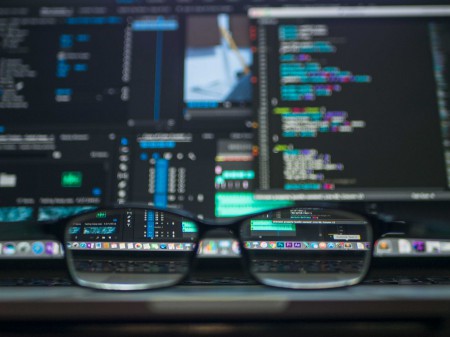Device Mastering Software Algorithms...
 Machine learning is a type of AI focused on processes that take facts and learn from it to be able to enhance accuracy automatically over a period of time. This is carried out via feeding facts right into device mastering software. The device mastering software runs a particular device algorithm to try to attempt to supply a favored output.
Machine learning is a type of AI focused on processes that take facts and learn from it to be able to enhance accuracy automatically over a period of time. This is carried out via feeding facts right into device mastering software. The device mastering software runs a particular device algorithm to try to attempt to supply a favored output.
Machine learning works on categorizing data which can be categorized into algorithms using labeled and unlabeled data. The most common data algorithms include regression algorithms, decision trees, and instance-based, algorithms whereas common unlabeled data algorithms include clustering algorithms, association algorithms, and neural networks.
The decided algorithm has its sets of data and has an output compared with the wanted results. Changes can be made in order to make the output as close to the desired output as possible. Ideally, the software’s accuracy becomes enhanced over time. If everything is done correctly, the application will be able to present new data that it has not been tested on but will still give accurate readings and results. Over time the applications will require less training and testing
Supervised machine learning.
The first is Supervised Machine Learning, in which a machine learning model is trained on a data set labeled with information being constructed to determine new information. This algorithm requires less data than normal but getting properly labeled data can take a lot of time. The danger that comes with this is that it can cause overfitting and create a model that is too close to the data set which makes it less accurate when given new data.
Unsupervised machine learning
This uses a large amount of unlabeled data and extracts features. This type of machine learning is focused on identifying patterns and relationships in data.
Semi-supervised learning
Lastly, there is Semi-supervised learning. It uses a smaller labeled data set to guide classification as well as a larger unlabeled data set. This can help when there is a lack of labeled data.
You might hear about reinforcement machine learning and deep learning. Here the model learns through trial and error over time with a sequence of successful outcomes being reinforced during the training. Deep learning seeks to define an artificial neural network that is designed to learn in the same way the human brain learns things. It requires a huge amount of data and multiple calculation layers that change in each successful layer to improve the final outcomes.
Machine learning could also be trained to detect and respond to malware. Algorithms can also be trained to recognize signs such as phishing. If we take into consideration all data collection, false-positive and final results, there will always be people that do not want to trust a computer with security decisions.
